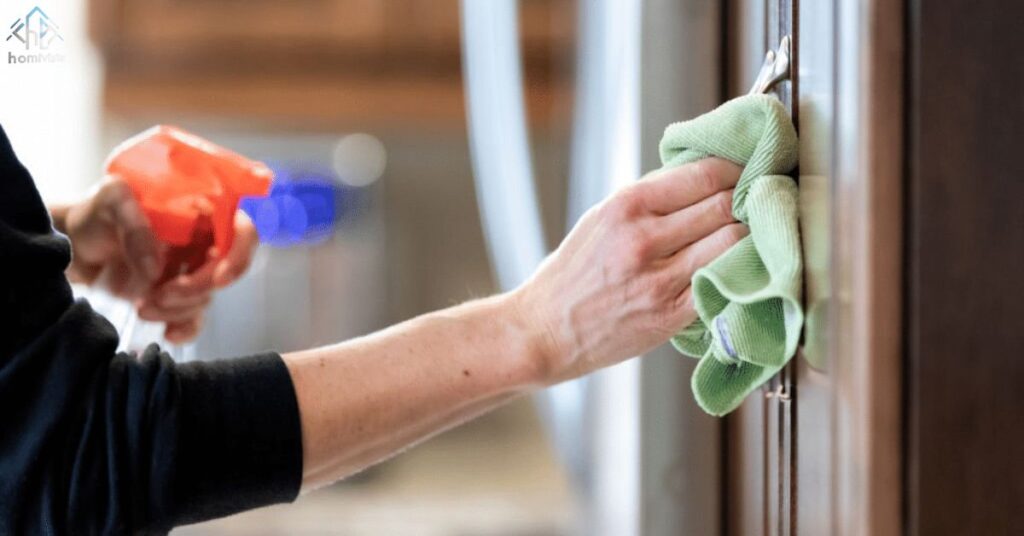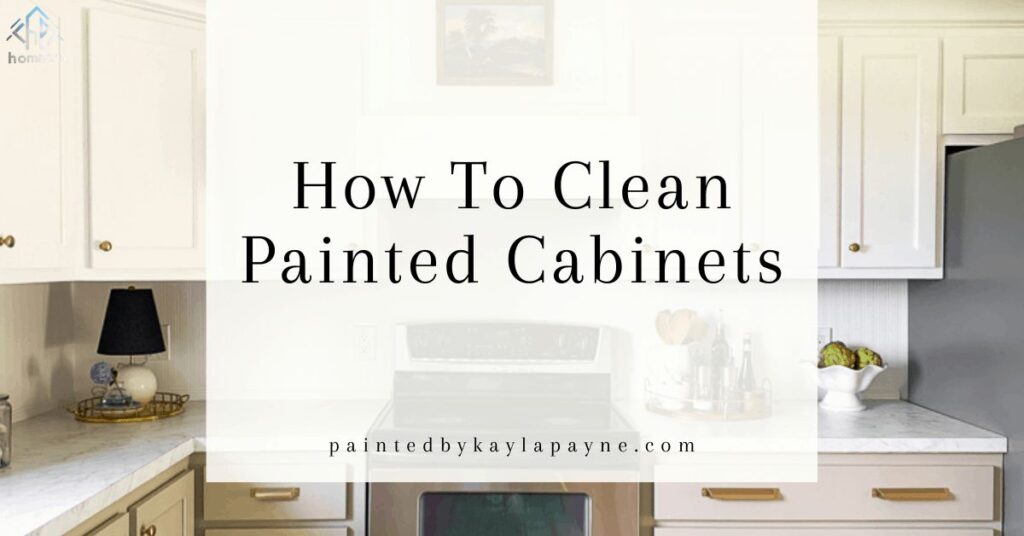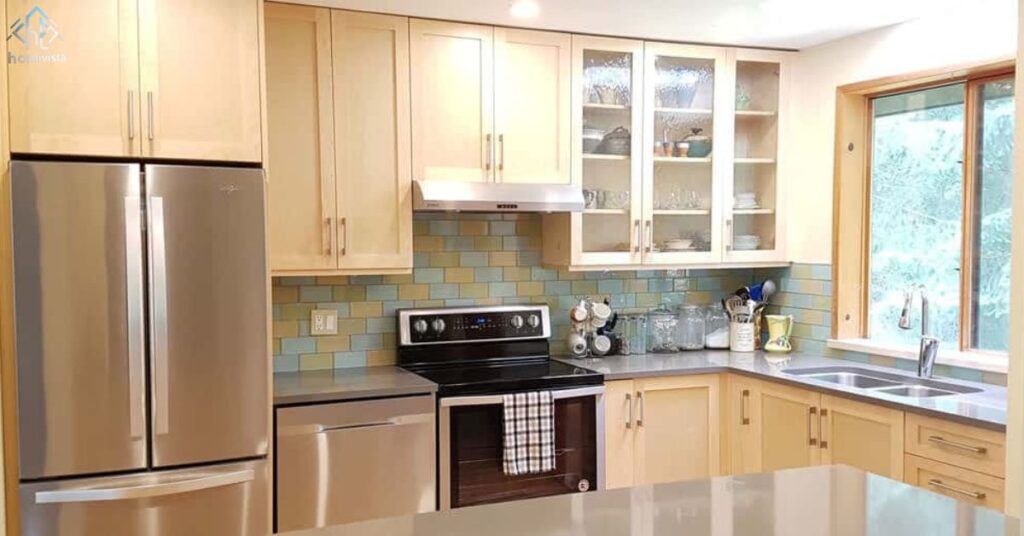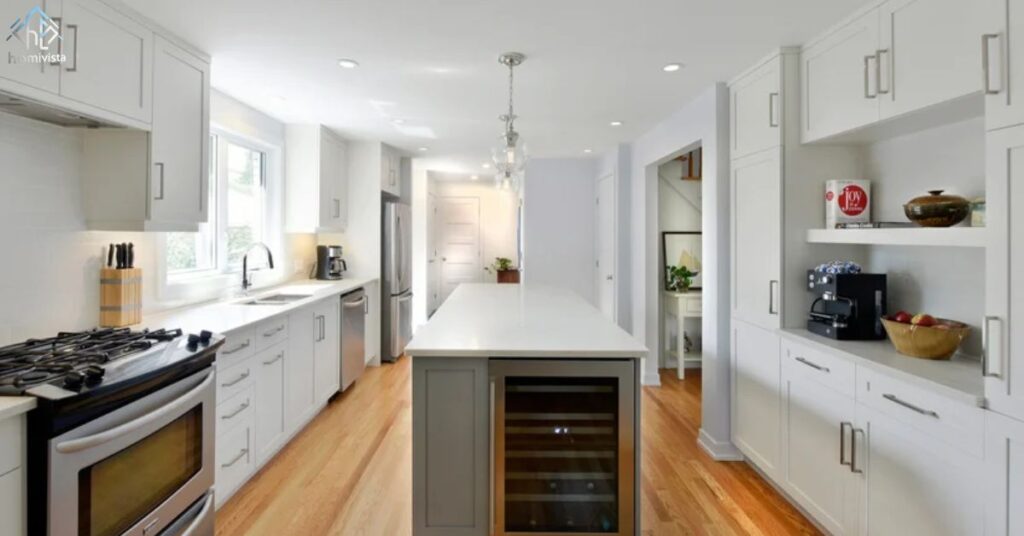Cabinets often serve as the focal points of your kitchen or bathroom, making their cleanliness crucial. Whether you are dealing with fingerprints, food splatters or watermarks, regular maintenance keeps your cabinets looking their best. This comprehensive guide covers the ins and outs of cleaning different types of cabinets, from wood to laminate to painted finishes. Lets dive in!
Why Regular Cabinet Cleaning is Essential
Cabinets play a significant role in the aesthetics of your home. Their prominent position means they are prone to dirt and grime. Here is why regular cleaning is essential:

- Maintain Appearance: Clean cabinets enhance the overall look of your kitchen or bathroom.
- Prevent Stains: Regular cleaning prevents stains from becoming permanent.
- Extend Lifespan: Proper care extends the life of your cabinets, preserving your investment.
General Tips for Cleaning Cabinets
Before diving into specific types of cabinets here are some general tips to keep in mind:
- Essential Supplies: Microfiber cloths, mild dish soap, vinegar, baking soda, soft toothbrush and non abrasive sponges.
- Do’s: Wipe spills immediately, use soft cloths and follow the grain of wood.
- Don’ts: Avoid abrasive cleaners, steel wool, and soaking cabinets with water.
How to Clean Wood Cabinets
Wood cabinets are popular for their natural beauty. Here is how to maintain their charm:
Like This Post: Height Standards For Upper Kitchen Cabinets
Initial Cleaning After Installation
When your wood cabinets are first installed.
- Damp Cloth Wipe: Clean the surfaces with a damp cloth.
- Immediate Drying: Dry immediately with a soft cloth, wiping in the direction of the wood grain.
- Apply Polish: Apply a thin coat of high quality polish to protect from scratches and moisture.
Routine Cleaning
Regular cleaning should be done at least once every two weeks:
- Warm Water and Soft Cloth: Wipe down cabinets with a soft cloth dampened with warm water.
- Dish Soap for Tough Spots: Add a few drops of dish soap to the water if needed.
- Grease Removal: Use a multipurpose cleaner with citrus oil to cut through grease. Spray, let it sit for a few minutes and gently scrub with a damp sponge or microfiber cloth.
Dealing with Stains
For tough stains, try this method:
- Baking Soda Paste: Create a paste using baking soda and water.
- Apply and Scrub: Apply the paste to the stain and scrub gently.
- Rinse and Dry: Rinse with water and dry with a soft cloth.
What to Avoid
To prevent damage avoid,
- Products containing bleach, solvents, strong detergents, ammonia, nail polish remover, and paint thinners.
- Abrasive tools like plastic brushes, steel wool and scouring pads.
How to Clean Laminate Cabinets

Laminate cabinets are known for their ease of cleaning and stain resistance. Here is how to keep them looking fresh:
Daily Maintenance
For everyday cleaning,
- Warm Water and Mild Detergent: Use a damp sponge with warm water and a mild dishwashing detergent.
- Soft Cloth Drying: Dry with a soft cloth to prevent water spots.
Removing Tough Stains
To tackle tough stains,
- Baking Soda Paste: Make a paste with baking soda and water.
- Gentle Scrubbing: Apply the paste to the stain and rub gently with a soft bristle brush.
- Rinse and Dry: Rinse with water and dry with a soft cloth. If the stain persists, use an all purpose cleaner.
Grease Removal
For greasy cabinets,
- Vinegar and Water Solution: Soak a washcloth in a mixture of vinegar and water.
- Wipe Grease: Wipe the grease from the surface with the soaked washcloth.
How to Clean Painted Cabinets

Painted cabinets are easy to clean but require a gentle touch to avoid damaging the finish,
Routine Cleaning
Cleaning involves,
- Dish Soap and Warm Water: Use dish soap and warm water with a microfiber cloth.
- Remove Grime: Dish soap effectively removes food-related grime.
Removing Grease
Greasy spots:
- Vinegar and Hot Water: Wipe cabinets with a mixture of white vinegar and hot water.
- Rinse with Clear Water: Rinse with clear water to remove any residue.
Avoiding Damage
To protect the paint,
- Avoid abrasive cleaners and scouring pads that might strip the paint or damage the finish.
How to Clean Cabinets Naturally

Using natural cleaners can be just as effective and more affordable,
Vinegar Solution
A natural cleaning solution:
- Mix Solution: Combine vinegar and warm water in a 50/50 ratio.
- Spray and Wipe: Use a spray bottle to mist the solution onto the cabinet surfaces. Let it sit for a minute or two.
- Wipe Clean: Wipe with a soft cloth, then use another cloth dipped in clean water to remove the cleaner.
Baking Soda
To tackle stains:
- Baking Soda and Wet Sponge: Apply baking soda to a wet sponge and scrub the stain.
- Use Soft Brushes: Use a soft toothbrush or nylon-bristle scrub brush to avoid scratching the surface.
How to Clean Cabinet Glass Doors & Mirrors
Glass doors and mirrors on cabinets require careful cleaning,
Glass Cleaning Basics
For clean glass,
- Commercial Cleaners: Use any commercial glass cleaner.
- Lint-Free Cloth: Spray the cleaner onto a lint-free cloth or paper towel and wipe the glass. Avoid spraying directly onto the glass to prevent seepage into other areas.
Cleaning Options
You can clean the glass while it is mounted or remove it for easier access,
- Mounted Cleaning: Be cautious not to damage the cabinet finish.
- Removing Glass: Handle with care as glass is fragile.
How to Clean Cabinet Hardware
The knobs, handles and pulls, which also need maintenance,
Cleaning Process
Thorough cleaning,
- Vinegar Solution: Dip a toothbrush in a 50/50 solution of vinegar and warm water.
- Scrub Hardware: Scrub the hardware, surrounding wood, and crevices of ornate trim.
- Remove Hardware: If possible, remove the hardware before cleaning for a more thorough job.
Preventative Care for Cabinets

Taking proactive steps can reduce the need for deep cleaning,
Regular Dusting
To prevent dust buildup,
- Soft Cloth or Duster: Dust your cabinets at least once every two weeks with a soft cloth or duster.
Prompt Spill Cleanup
Avoid tough stains ,
- Immediate Wipe: Clean spills promptly with a damp cloth or sponge.
Heat Damage Prevention
Protect your cabinets from heat damage,
- Avoid Heat-Producing Appliances: Do not mount heat-producing appliances like coffee makers and toaster ovens beneath cabinets.
- Remove During Oven Cleaning: Remove doors and drawers from cabinets near self-cleaning ovens during the cleaning cycle to prevent heat damage.
UV Effects on Cabinets
Sunlight can affect the appearance of your cabinets over time,
Sunlight and Cabinet Finish
While natural sunlight is beneficial, UV rays can damage cabinets,
- UV Protection: Manufacturers often apply UV inhibitors to wood cabinetry to preserve the finish.
- Natural Changes: Despite protection, wood can still change based on its characteristics and light exposure.
Managing Natural Light Exposure
Tips for managing sunlight,
- Curtains and Blinds: Use curtains or blinds to control the amount and direction of sunlight.
- Window Films: Consider UV blocking window films to protect your cabinets.
Frequently Asked Questions
How often should I clean my cabinets?
Clean your cabinets at least once every two weeks.
What’s the best way to remove grease from kitchen cabinets?
Use a mixture of vinegar and water to remove grease from kitchen cabinets.
Can I use vinegar to clean painted cabinets?
Yes, you can use a vinegar and water solution to clean painted cabinets.
What should I avoid when cleaning wood cabinets?
Avoid using bleach, strong detergents, ammonia, and abrasive tools like steel wool on wood cabinets.
Conclusion
Cleaning cabinets regularly keeps your kitchen and bathroom looking great. Use simple tools like a soft cloth, mild soap and warm water. For tough stains, try baking soda or vinegar solutions. Avoid harsh chemicals to protect your cabinets.
Each type of cabinet needs special care. Wood, laminate and painted cabinets all have different cleaning methods. Follow the tips for your specific cabinets to keep them in top shape. Regular cleaning and proper care will extend the life of your cabinets.







